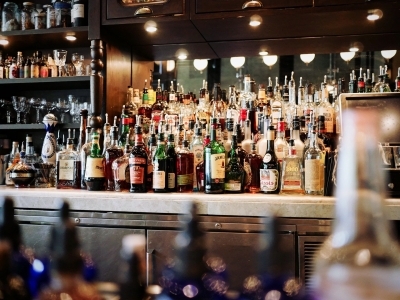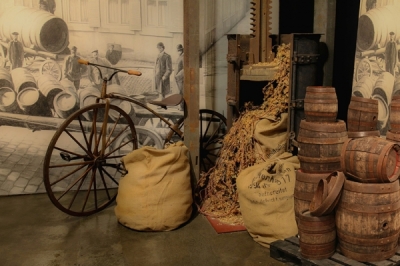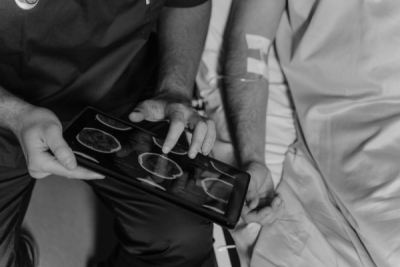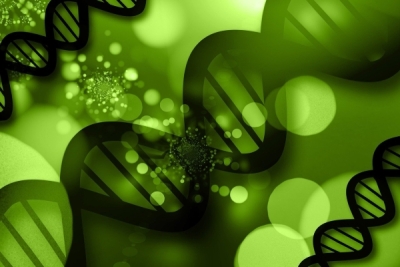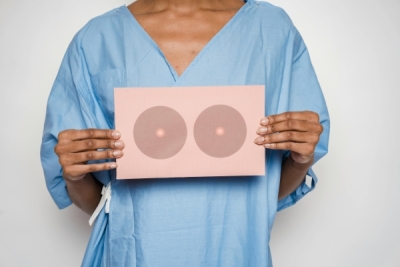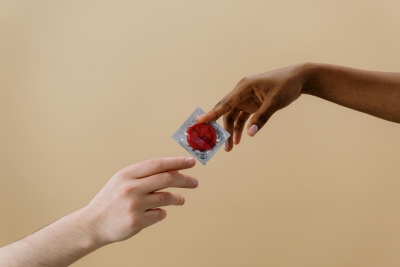Basically, illegal alcoholic beverages are those that, in some way, do not meet the quality standards or taxation required by a country. Regarding the two terms – illegal alcohol and unregistered alcohol, it is important to know that all illegal alcohol is considered “unregistered”, however, not all unregistered alcohol is, in fact, illegal. For example, buying an alcoholic beverage that is legal in one country and consuming it in another country makes the drink unregistered, but not illegal. In other words, “illegal alcohol” and “unregistered alcohol” are very similar categories (1), but they have important differences.
There is also the definition of legal alcohol, which is a “legal alcoholic beverage, produced and sold within regulatory standards and present in official statistics”. Anything outside that definition is classified as unregistered alcohol, once it is not accounted for in official statistics on alcohol consumption or taxation. So, the scope of unregistered alcohol includes, but is not limited to, illegal alcohol. The main types of illegal alcohol come from smuggling, counterfeiting, and non-conforming alcohol.
A category with a more sensitive status is that of artisanal beverages, which are often produced at home, without the industrial process usually used for large-scale production. For example, the Brazilian “cachaça de alambique”, a spirit produced in small rural breweries, falls into this category. As it reflects a cultural pattern of production, it is inappropriate to categorize it as illegal, when considering a context of production for self-consumption. On the other hand, since such products do not undergo a quality control and toxicity assessment, and do not pay the due taxes, they can be considered to belong to the illegal alcohol category. In this context, it is important to remember that there are cultural and historical factors that permeate the production of illegal alcohol. In Brazil, especially in more inland regions, families and communities support themselves by the production of alcoholic beverages; they end up creating their identity and customs based on this production. These drinks, due to the current regulatory context in the country, are classified as illegal alcohol – but not all of them pose health risks.
In addition, there are also surrogate alcohol, which comprises “ethanol that was not produced as beverage alcohol but is used as such”. Perfumes, for example, are included in this category. Substitute alcohol consumption commonly occurs by patients with alcohol dependence, in situations of abstinence.
In short, the illegal alcohol market includes practices such as the production and sale of adulterated beverages, counterfeiting and piracy, smuggling and tax leakage. Illegal alcohol poses additional health risks to consumers, as part of it involves the production of beverages with inappropriate substances, and it poses a challenge for regulation, once it is difficult to monitor. The WHO estimates, in its latest report, that about 25% of the alcohol consumed in the world comes from illegal sources (2). In Brazil, it is estimated that this type of beverage represents 15.5% of total alcohol consumption, which is equivalent to 1.2 L per capita (1).


